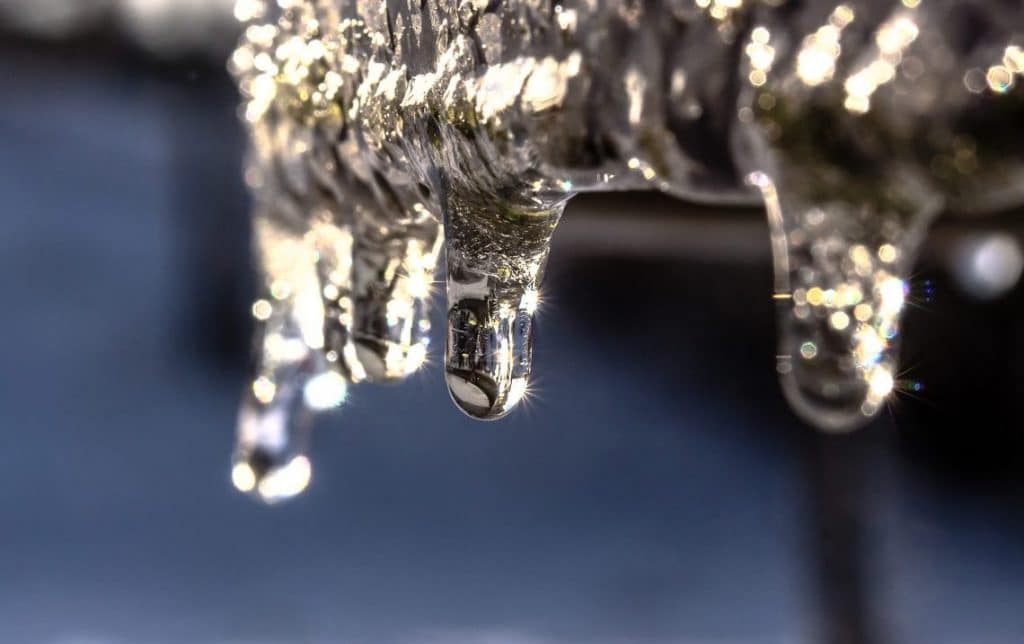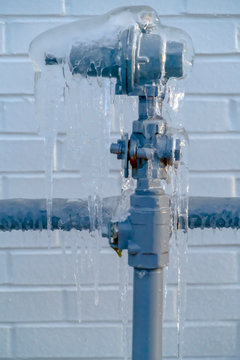Essential Tips for Preventing Frozen Plumbing in Cold Weather Conditions
Essential Tips for Preventing Frozen Plumbing in Cold Weather Conditions
Blog Article
What're your opinions with regards to 6 Ways to Prevent Frozen Pipes?

Cold weather can damage your pipes, particularly by freezing pipes. Right here's just how to stop it from taking place and what to do if it does.
Intro
As temperature levels drop, the risk of frozen pipes increases, possibly resulting in pricey repair services and water damages. Understanding exactly how to prevent icy pipes is important for home owners in cold climates.
Avoidance Tips
Shielding at risk pipelines
Wrap pipes in insulation sleeves or use heat tape to protect them from freezing temperatures. Focus on pipelines in unheated or exterior areas of the home.
Heating methods
Keep interior spaces sufficiently heated up, especially areas with pipes. Open cupboard doors to permit warm air to flow around pipes under sinks.
Just how to determine frozen pipelines
Seek reduced water circulation from faucets, uncommon odors or sounds from pipelines, and noticeable frost on revealed pipes.
Long-Term Solutions
Architectural modifications
Think about rerouting pipes far from exterior wall surfaces or unheated areas. Include extra insulation to attic rooms, basements, and crawl spaces.
Updating insulation
Purchase top notch insulation for pipelines, attic rooms, and wall surfaces. Correct insulation helps maintain consistent temperature levels and reduces the risk of frozen pipes.
Securing Exterior Pipes
Yard tubes and exterior taps
Separate and drain pipes garden hoses prior to winter months. Set up frost-proof spigots or cover outdoor taps with protected caps.
Comprehending Frozen Pipes
What triggers pipes to ice up?
Pipelines ice up when exposed to temperatures listed below 32 ° F (0 ° C) for extended periods. As water inside the pipelines ices up, it broadens, putting pressure on the pipe wall surfaces and possibly creating them to break.
Threats and problems
Icy pipes can cause supply of water interruptions, home damage, and pricey fixings. Burst pipelines can flood homes and cause comprehensive structural damages.
Signs of Frozen Pipes
Identifying frozen pipes early can avoid them from bursting.
What to Do If Your Pipes Freeze
Immediate actions to take
If you think icy pipelines, keep taps available to alleviate stress as the ice thaws. Make use of a hairdryer or towels taken in hot water to thaw pipes gradually.
Conclusion
Stopping frozen pipes requires proactive procedures and quick feedbacks. By recognizing the reasons, indications, and preventive measures, homeowners can protect their pipes during cold weather.
5 Ways to Prevent Frozen Pipes
Drain Outdoor Faucets and Disconnect Hoses
First, close the shut-off valve that controls the flow of water in the pipe to your outdoor faucet. Then, head outside to disconnect and drain your hose and open the outdoor faucet to allow the water to completely drain out of the line. Turn off the faucet when done. Finally, head back to the shut-off valve and drain the remaining water inside the pipe into a bucket or container. Additionally, if you have a home irrigation system, you should consider hiring an expert to clear the system of water each year.
Insulate Pipes
One of the best and most cost-effective methods for preventing frozen water pipes is to wrap your pipes with insulation. This is especially important for areas in your home that aren’t exposed to heat, such as an attic. We suggest using foam sleeves, which can typically be found at your local hardware store.
Keep Heat Running at 65
Your pipes are located inside your walls, and the temperature there is much colder than the rest of the house. To prevent your pipes from freezing, The Insurance Information Institute suggests that you keep your home heated to at least 65 degrees, even when traveling. You may want to invest in smart devices that can keep an eye on the temperature in your home while you’re away.
Leave Water Dripping
Moving water — even a small trickle — can prevent ice from forming inside your pipes. When freezing temps are imminent, start a drip of water from all faucets that serve exposed pipes. Leaving a few faucets running will also help relieve pressure inside the pipes and help prevent a rupture if the water inside freezes.
Open Cupboard Doors
Warm your kitchen and bathroom pipes by opening cupboards and vanities. You should also leave your interior doors ajar to help warm air circulate evenly throughout your home.

As a keen person who reads about Preventing and dealing with frozen pipes, I imagined sharing that post was worth the trouble. Are you aware of someone else who is in to the subject? Take a moment to share it. Many thanks for being here. Kindly check our blog back soon.
Book Today! Report this page